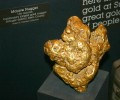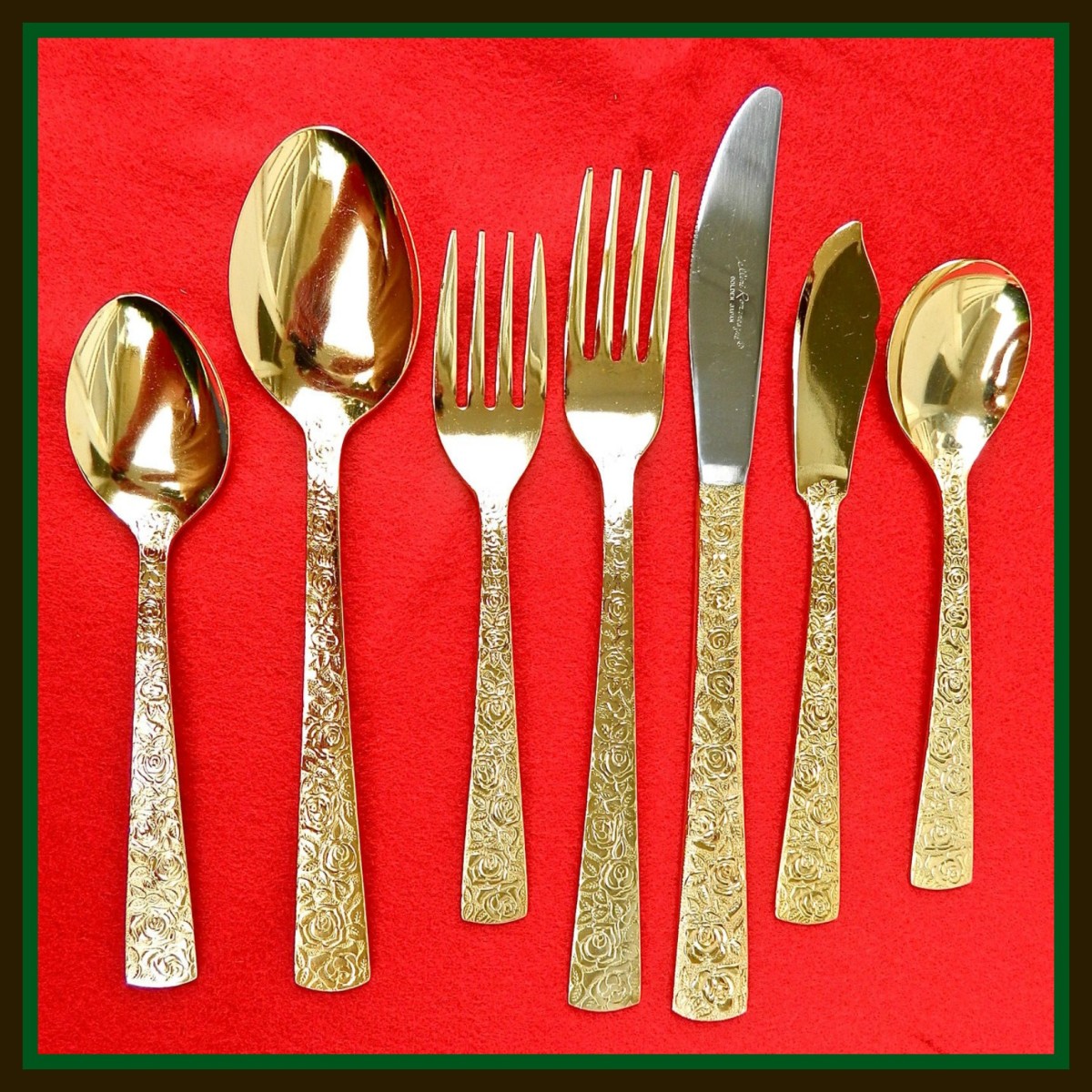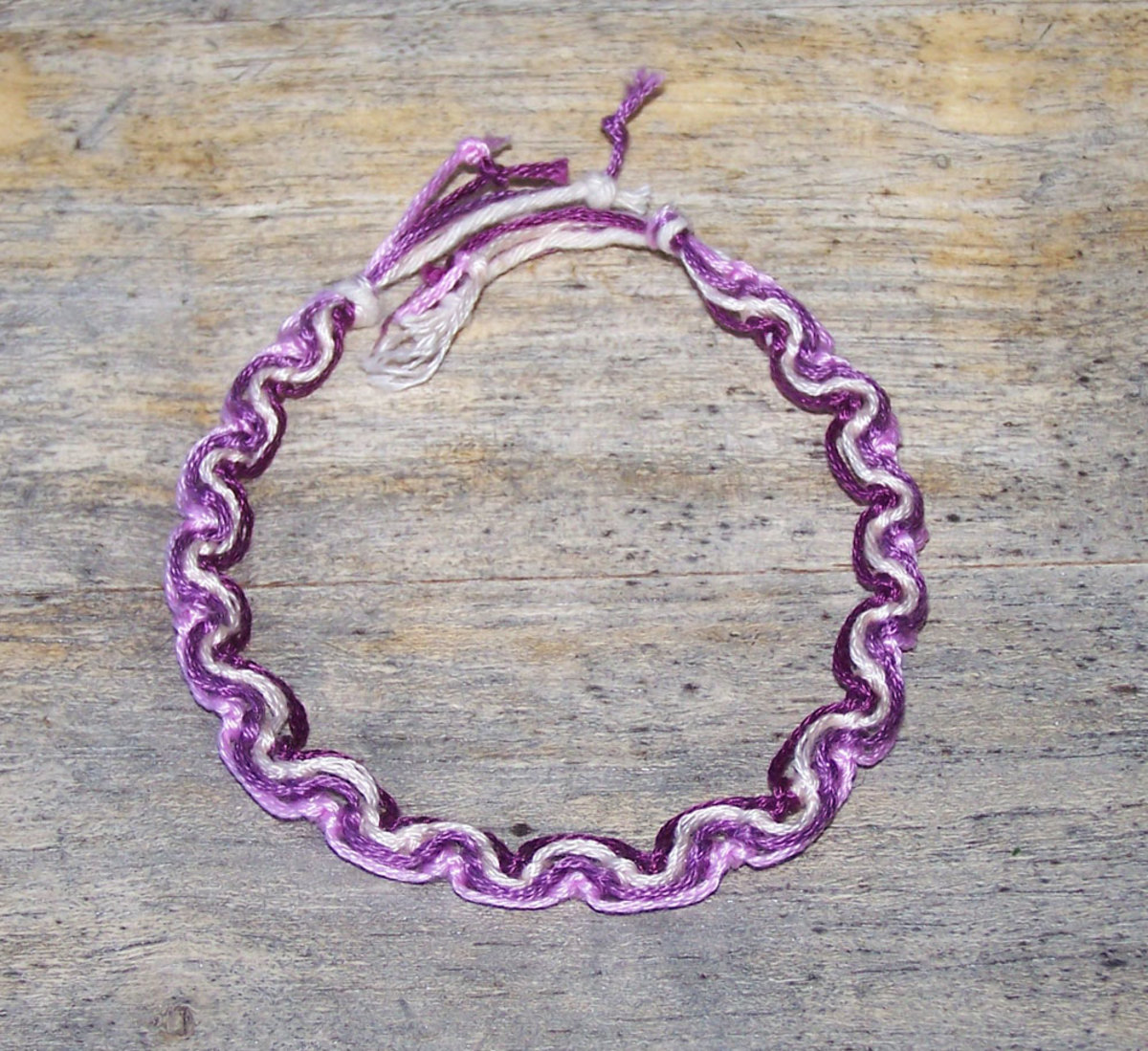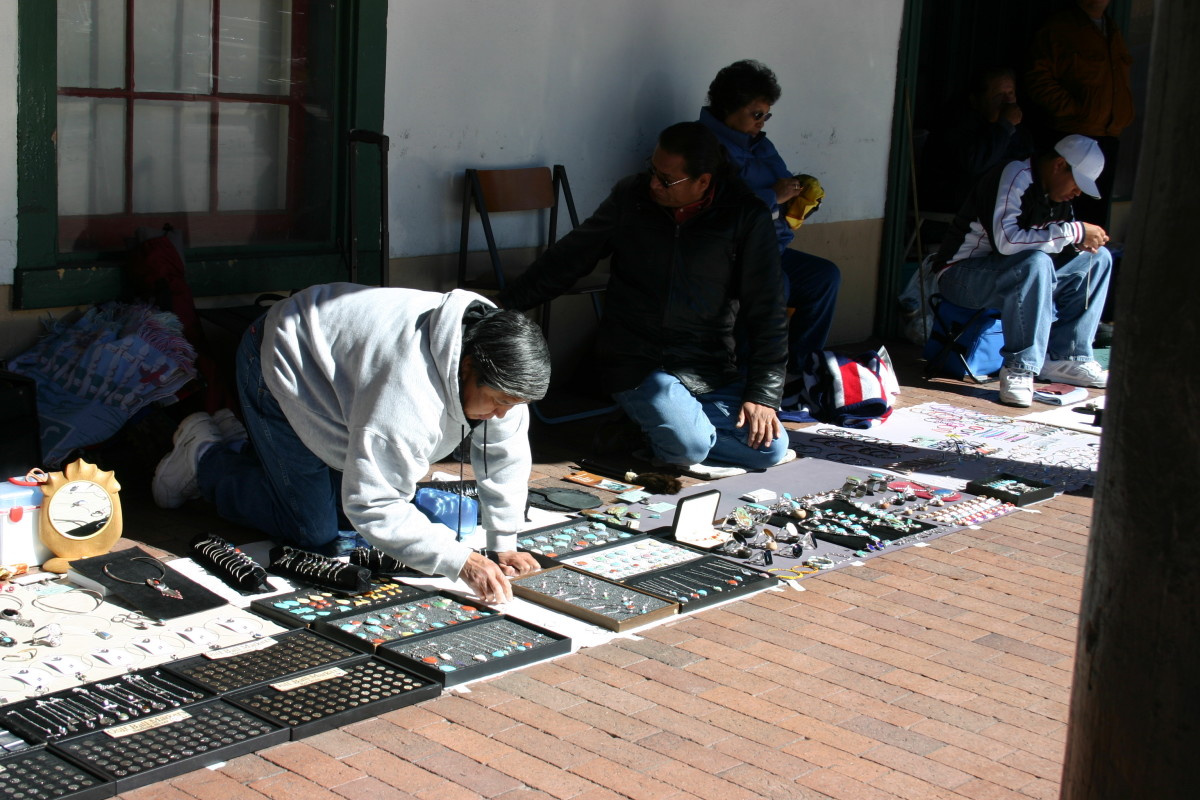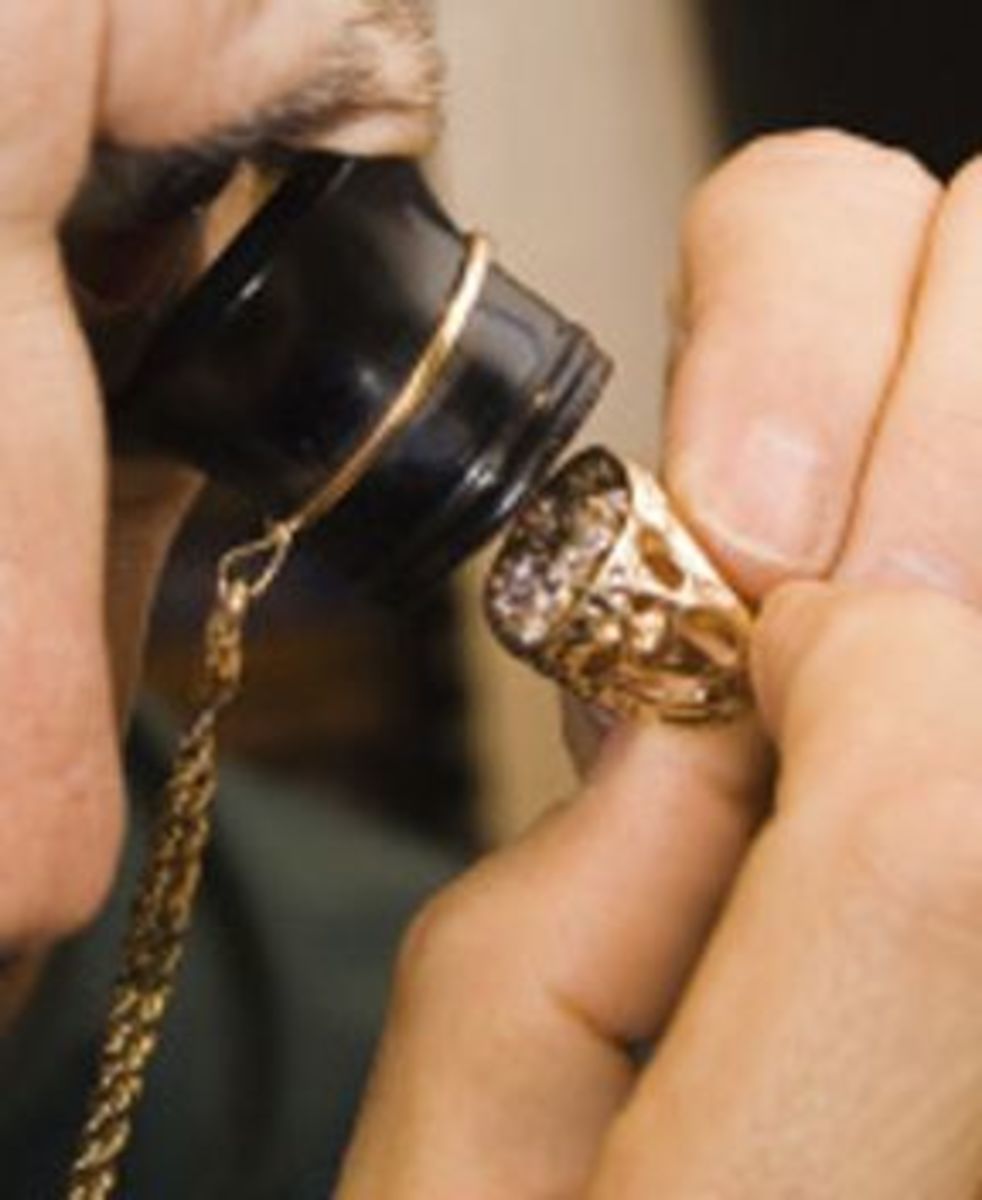Rhodium Plating :: Rhodium Plate on White Gold
Rhodium plating is the electroplating process that lays down a thin layer of rhodium metal, as rhodium plate, onto a base of other metal. Rhodium plating is used to brighten the whiteness of otherwise less bright white material or to form a barrier between the base of metal that is rhodium plated and your skin.
Rhodium plating is undertaken on various products where there is a requirement for a brilliant white finish. The rhodium plate produced is a thin layer of rhodium metal covering a substrate of a less white or non-white material. As for all plating, the plated layer can wear in time to reveal the underlying substrate. Rhodium plating is no different.
White Gold and Rhodium Plating
Where rhodium plate has been plated onto a white gold alloy the plated layer can be removed under heavy wear conditions.
It is advised that white gold objects with rhodium plating, be re-plated regularly.
If you are not aware whether your white gold jewellery is rhodium plated then I suggest that the probability is that most items of white gold jewellery are rhodium plated to increase their "whiteness" and to mask the lesser quality white gold alloy employed, which is often more yellowish-brown than white.
Rhodium plating is also employed to cover white gold alloy that has been produced using nickel as the whitening agent. The rhodium plate, in this case, has been utilised to prevent nickel coming into contact with your skin and causing an allergy rash.
See Nickel Allergy by Humagaia

White gold is actually an alloy of gold combined with white metals such as silver, palladium, or nickel. The natural color of "white" gold is light grey (gray) and slightly yellow. For this reason most white gold jewellery has rhodium plating over the white gold alloy. This is to increase the appearance of whiteness and to cater for the requirement of customers for a whiter white in their white gold jewellery.

Rhodium Plate on White Gold Jewellery
Jewelry made of white gold is coated in one of two way, with a:
- highly reflective rhodium
- platinum and palladium mixture
In both cases a brilliant white shine is plated onto the surface of the white gold substrate.
White gold is usually plated with a thin layer of rhodium, 0.05 to 0.5 micrometres in thickness. The purposes of rhodium-plating the surface of the white gold alloy is
- to add lustre to the white gold alloy
- to prevent oxidation of some of the metals found in the alloy
- to create a barrier between the white gold alloy and your skin..
As the rhodium plated layer is so thin the protective plating can wear. Any wear on the rhodium plate will allow oxidization to begin and progress. This weakens the rhodium coating even more.
It is recommended that your rhodium-plated white gold jewellery is re-plated with about 2.0 micrometres of rhodium so that the colour of you white gold lasts longer and becomes more durable white gold jewellery.
See White Gold by Humagaia for more information of white gold alloy.
White Gold :: What Constitutes "White"?
As yet, there is no legal or industry-accepted definition of what constitutes a 'white' colour for white gold. The trade description of 'white gold' may mean different things to different people. This can also be due to cultural differences.
A white gold alloy that is 'ice white' or 'detergent white' is especially difficult to achieve because of the intrinsic yellow colour of gold. There is always a tendency for the 'white' gold alloy to have a distinct yellowish tinge.
This colour issue is one that has been conjectured for a long time. Both technically and economically there has been a tendency for commercial white gold alloy not to be a good white colour. As mentioned, the gold alloy employed usually has a yellow-brownish tint. These gold alloy are frequently rhodium-plated to improve their appearance.
Rhodium plating is used to make the white gold alloy look more intense white. Light grey is actually the natural colour of white gold, as made with the currently utilised white gold alloy formulae. Rhodium metal is very white and very hard. The rhodium plate used, however, does wear away.
Why Rhodium?
Rhodium is a member of the platinum family of metals. The chemical properties that make it an ideal candidate for coating white gold are:
- It has high reflectivity
- It has a good metallic white colour
- It is hard
- It has good wear properties.
These are the reasons why a thin electroplated coating of rhodium metal is applied to white gold jewellery to improve the "whiteness" of the white gold.

Rhodium Plating :: White Gold :: Legal Position
Both 9k white gold and 18k white gold have a very similar white colour. This is because both normally have a rhodium plating finish.
This is allowed, legally, in many countries.
This is the case even where the country in question has hallmarking regulations.

Rhodium Plating :: Wear and Tear
A rhodium plate coating, if worn with due care and attention and not subjected to undue abrasion, should be perfectly practicable for up to 3 years before it wears through to reveal the white gold alloy underneath.
Most consumers are now accustomed to the colour of rhodium plating on their white gold jewellery and invariably prefer the white brightness that it imparts. Rhodium plating has, in fact, become the norm for the colour of white gold,
Because you have become accustomed to the rhodium plating look and feel it is likely, unless there is a change in fashion perspectives, that rhodium plating will continue for many years to come, to be the face of white gold jewellery, as described as white gold!
However, white gold jewellery wearers can be disappointed when they discover that their jewellery has gone off-white. It may even display a yellow-brown tint. This can occur when the rhodium plating wears through. Some cheaper jewellery may display a distinctly yellow-brown colouration.
To keep a white gold ring, for instance, looking pristine it should be re-plated with rhodium approximately every 12 to 18 months. This is entirely dependent on the amount of wear and tear that the jewellery item receives.
As white gold rings are probably the most prone to rubbing and abrasion this time-frame can be extended for other less stressed jewellery. Most local jewellers are able to rhodium plate jewellery cost-effectively.

_______These pencils are for your personal use for comments_____.
__________________PLEASE DO NOT REMOVE_________________


